On June 2, 2025, a routine traffic stop in Bennettsville, South Carolina, uncovered a sophisticated drone smuggling operation targeting Evans Correctional Institution, revealing the growing challenge of aerial Contraband delivery in correctional facilities, according to WYFF News 4.
Drones in Crime: A Rising Threat
The Bennettsville Police Department initiated the bust during a traffic stop on Friday, discovering packaging materials linked to recent contraband drops at the prison, alongside a commercial-grade drone in the vehicle’s trunk.
A subsequent sweep of the prison grounds uncovered additional contraband, including 82.1 grams (2.9 ounces) of methamphetamine and marijuana. This incident highlights the increasing use of drones to bypass traditional security measures at correctional facilities, a trend that has surged with the accessibility of affordable, high-payload drones capable of carrying small packages over prison walls.
Charges and Regulatory Gaps
Two individuals were arrested, facing charges including possession with intent to distribute marijuana, trafficking methamphetamine, and operating an unmanned aerial vehicle (UAV) within restricted proximity of a correctional facility.
The operation also violated laws prohibiting contraband introduction into prisons, underscoring the need for stricter UAV regulations. Current Federal Aviation Administration (FAA) rules prohibit drone flights over prisons, but enforcement remains challenging due to the difficulty of tracking operators in real time.
Implications for Drone Technology and Security
This case exposes vulnerabilities in prison security as drones become more advanced, with models now boasting flight ranges easily exceeding 5 miles and payload capacities over 2 pounds. For the Drone Industry, it signals a potential push for geofencing updates—software restrictions that prevent drones from flying near sensitive sites.
However, such measures can be bypassed by tech-savvy criminals or terminated by drone manufacturers, prompting calls for counter-drone systems like RF jammers or net guns, which are already in use at some high-security facilities.
For recreational pilots, this incident serves as a reminder to adhere to no-fly zones, as violations can lead to severe Legal consequences. As Drone Technology evolves, balancing innovation with public safety remains a critical challenge for regulators and operators alike.
Feature photo for illustration purposes only.
Discover more from DroneXL.co
Subscribe to get the latest posts sent to your email.
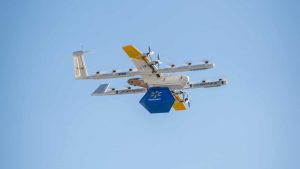
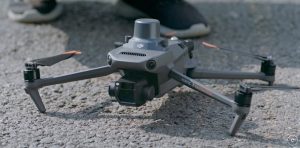



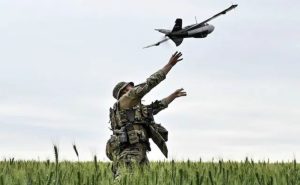


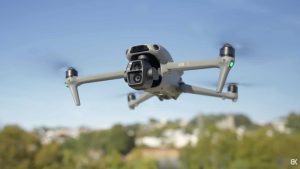




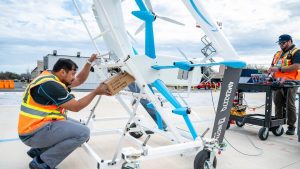

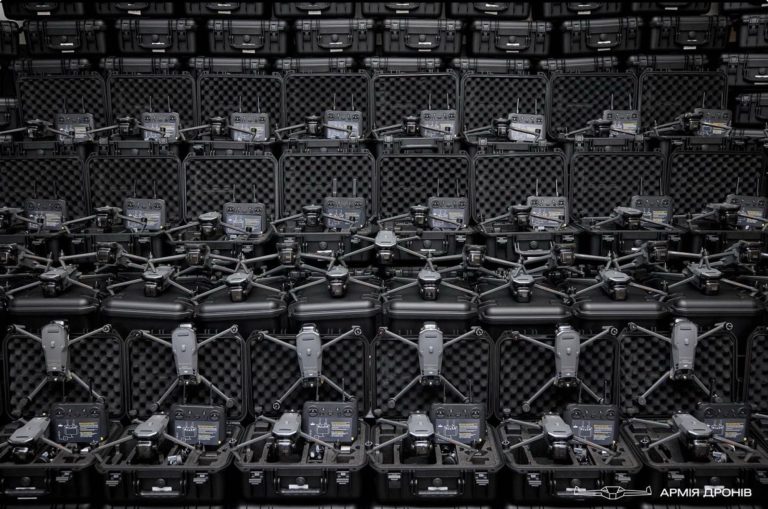
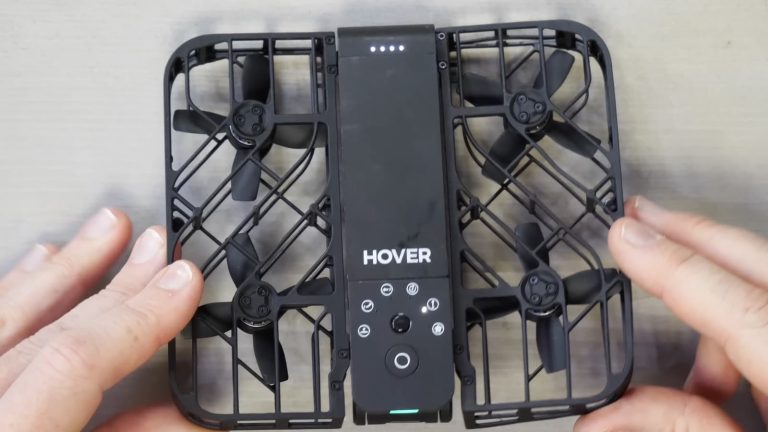
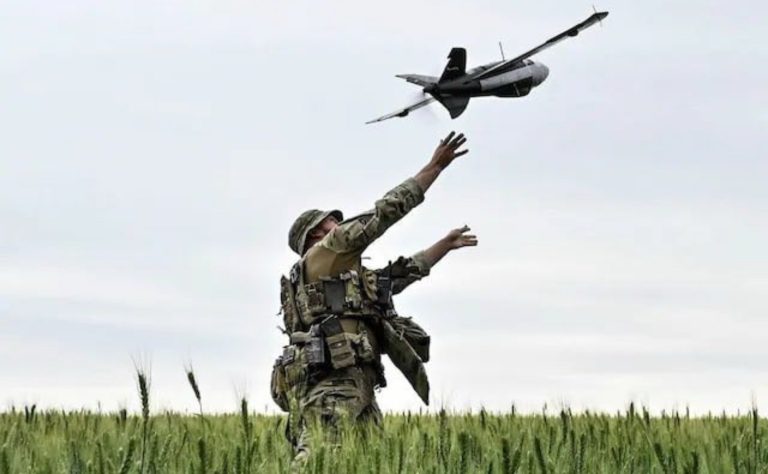


+ There are no comments
Add yours